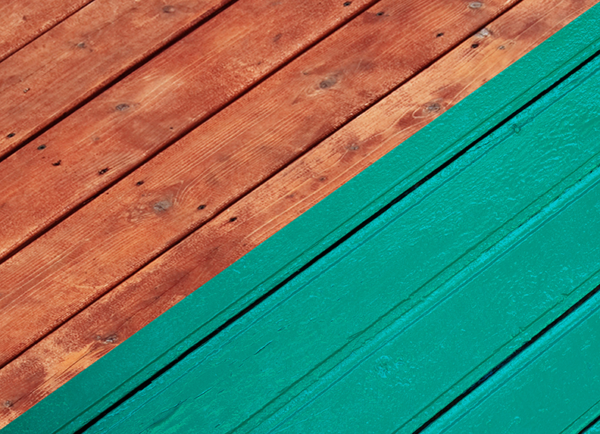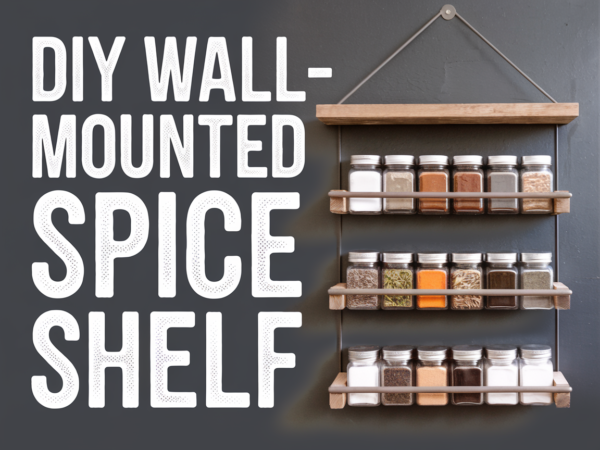When it comes to finishing wood surfaces, two popular options are stain and paint. Both stain and paint offer unique advantages and can significantly enhance the appearance and protection of wood. However, it’s essential to understand the differences between the two to make an informed decision. In this article, we’ll explore the characteristics of stain and paint, their application methods, and the pros and cons of each.

Stain: Enhancing the Natural Beauty
Definition and Composition
Stain is a type of finish that penetrates the wood surface to enhance its natural color and grain. Unlike paint, which forms a film on top of the wood, stain allows the wood’s texture and character to show through. Stains are typically made of a combination of pigments, solvents, and binders that work together to provide color and protection.
Application
Stain is applied by brushing, wiping, or spraying it onto the wood surface. It seeps into the wood’s pores, giving it a more natural and translucent appearance. Multiple coats of stain can be applied to achieve the desired color intensity.
Advantages
- Enhanced Wood Grain: Stain allows the natural beauty of the wood grain to shine through, providing a rich and organic look.
- Easy Maintenance: Stained surfaces are relatively easy to maintain. If the wood becomes worn or damaged, it can be re-stained without the need for extensive preparation.
- Fade Resistance: Stains are less prone to fading than paints, especially when exposed to sunlight. They tend to age more gracefully, maintaining their original color for longer.
Disadvantages
- Limited Color Options: Stains offer a narrower range of color options compared to paints. They are primarily available in natural wood tones, making it challenging to achieve vibrant or unconventional colors.
- Less Protection: While stain enhances the wood’s natural protection to some extent, it does not provide the same level of durability and protection as paint. Stains may not withstand heavy wear and tear or moisture exposure as well as paint.
Paint: Versatile and Protective
Definition and Composition
Paint is a finish that forms a protective film on the wood’s surface, offering color, durability, and enhanced resistance to various elements. It consists of pigments, binders, solvents, and additives that combine to create a durable and vibrant coating.
Application
Paint is typically applied using brushes, rollers, or sprayers. It forms a solid layer on top of the wood, covering the natural grain and texture. Multiple coats of paint may be required to achieve full coverage and desired color intensity.
Advantages
- Vast Color Range: Paints offer an extensive array of colors, ranging from subtle shades to bold hues. This versatility allows for more creative expression and customization options.
- Enhanced Protection: Paint provides a robust barrier against moisture, UV rays, and physical damage. It can offer superior durability and protection, making it suitable for high-traffic areas or exterior applications.
- Hide Imperfections: Paint can effectively hide imperfections, such as blemishes or uneven wood grain, providing a smooth and uniform finish.
Disadvantages
- Loss of Natural Wood Aesthetics: Unlike stain, paint covers the wood’s natural grain and texture, potentially masking its organic beauty.
- Higher Maintenance: Painted surfaces may require more regular maintenance, such as touch-ups or repainting, especially in high-traffic areas or when exposed to harsh conditions.
- Preparation and Drying Time: Applying paint usually involves extensive preparation, including priming, sanding, and ensuring a clean surface. Additionally, paint requires sufficient drying time between coats, lengthening the overall application process.
Conclusion
Choosing between stain and paint depends on your specific needs, preferences, and the intended use of the wood surface. Stain offers a natural and translucent appearance, emphasizing the wood’s unique characteristics. It requires less maintenance but provides limited color options and may offer less protection. Paint, on the other hand, offers a broader range of colors, enhanced durability, and superior protection, but it covers the wood’s natural aesthetics and involves more extensive preparation and maintenance.
Consider the style, location, and desired level of maintenance when deciding between stain and paint. Ultimately, both options have their merits, and the right choice will depend on the desired outcome and your personal preferences.
As an Amazon Associate we earn from qualifying purchases through some links in our articles.



